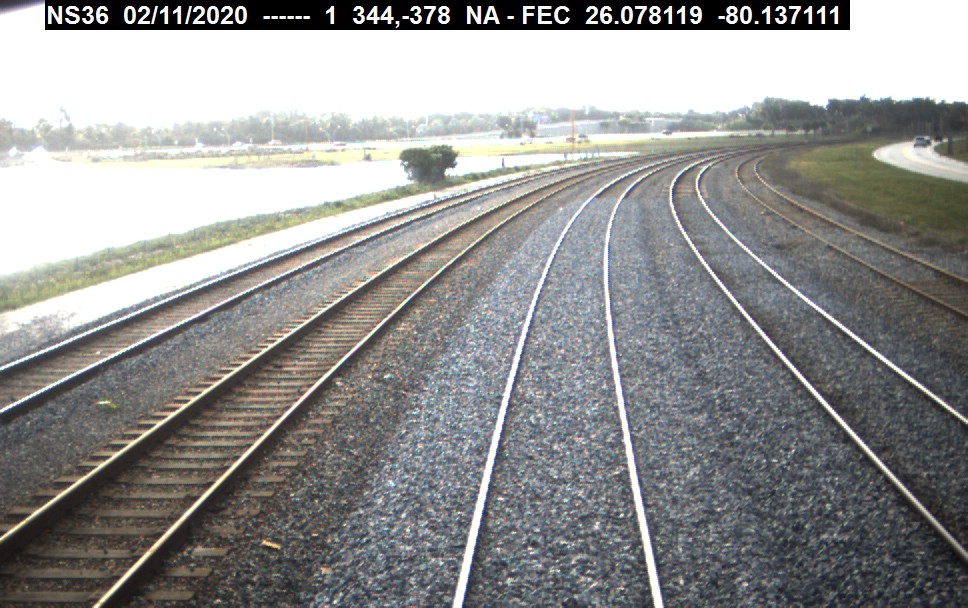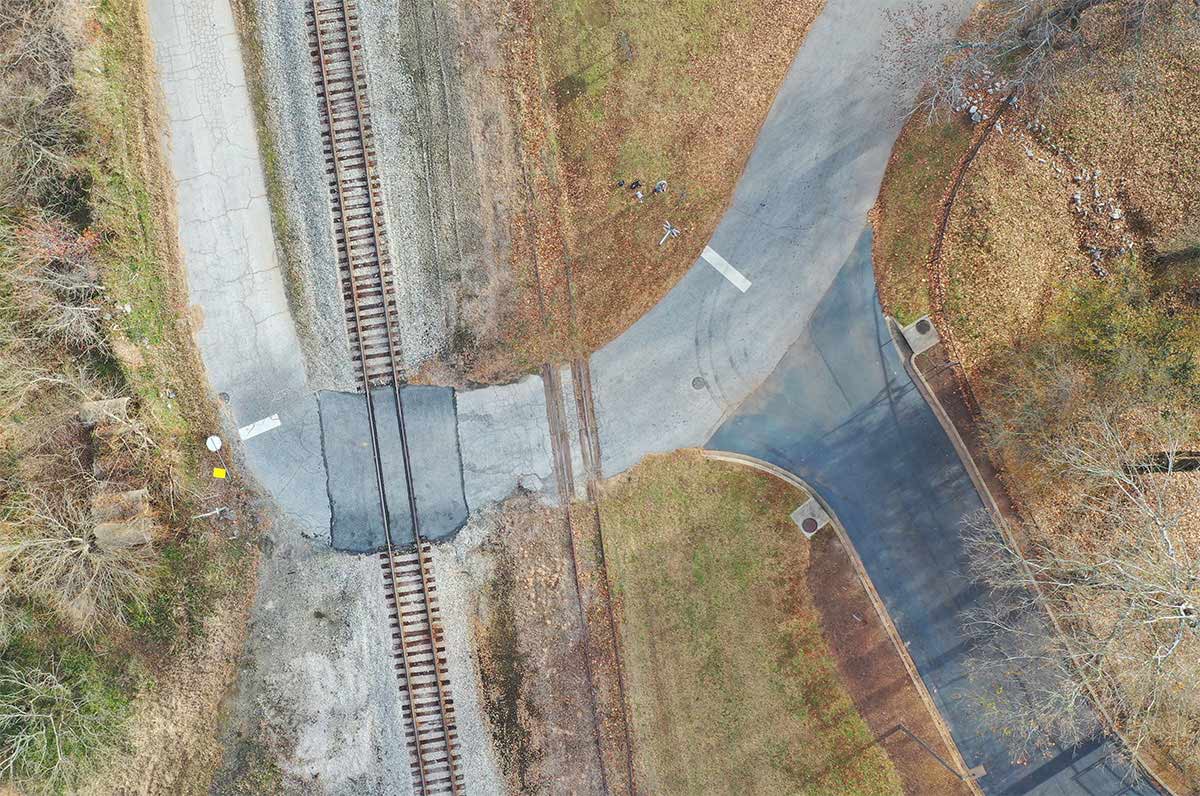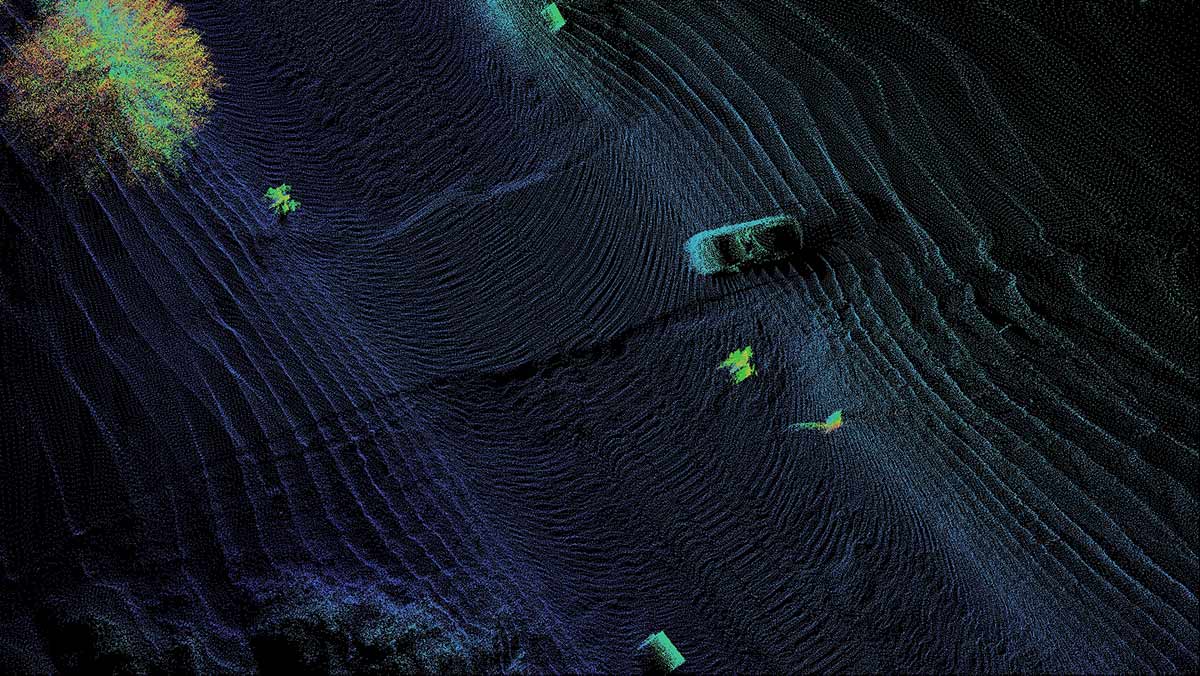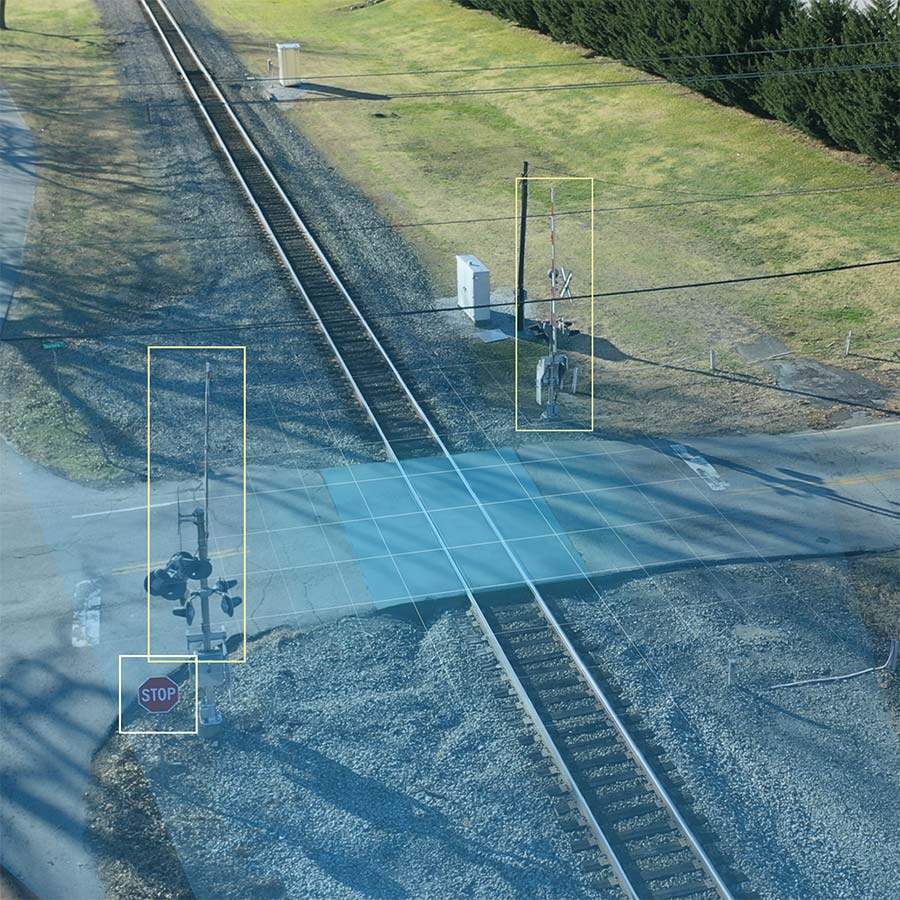Visualization & Library Creation
Easily organize distinct features
Our architecture makes it easy to bring in various types of imagery data. Common image streams include forward-facing video (FFV), downward-facing video (DFV), drone imagery and LiDAR. FFV generally refers to any video stream looking down the track, captured by a frame camera, while DFV is often performed with line scan technology. RailLinks AI facilitates the visualization of "Big Data" through interactive widgets designed to perform with basic connectivity to the web.
Having solved the Big Data navigation problem, RailLinks AI users can then quickly find features, tag them, and store them in libraries.





Object Detection & Image Classification

Find the needle in the haystack
Two powerful methods for feature identification from images are Object Detection and Classification. RailLinks AI users can quickly train models and validate results using previously tagged images. Simply run the model on a feature library, validate the result, and apply the model to a new data set. As features are automatically detected from the model, they can be validated or invalidated to improve future results.
Perform tasks on large amounts of data that humans alone would never be able to accomplish.

Integration with Cloud Workflows
Combining technologies for better results
A single scientific method is often not the answer to solve complex, real-world scenarios. By combining RailLinks AI with Cloud Workflows, VisioStack has created a flexible approach that is able to leverage complementary technologies. Perhaps data sets require pre-processing of metadata, localization, or organization before being pushed to RailLinks AI, or perhaps the results of RailLinks AI require statistical evaluation before Capital Planning decisions can be made. Through workflows that combine scientific approaches, we can solve extremely challenging problems.
Delivering Results to Linear Asset Management
Condition Features
Actions are driven from visual inspections. When conditions outside of the norm are detected, human validation is necessary to drive maintenance actions. We provide interactive reporting on asset condition results received from the RailLinks AI engine.
Inventory Features
Updates to RailLinks® internal asset management inventory will enhance your reporting. Our Linear Asset Management system uses the in-service inventory repository to provide flexible visualizations to end users. Having reliable, up-to-date inventory data is a must.
External Systems
Condition features and asset identification results often require exporting to third-party management systems. Results can be pushed through commonly used services such as RESTful or direct DB links.









